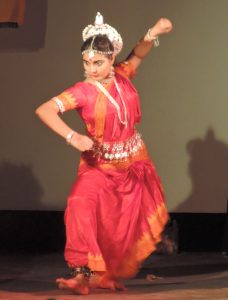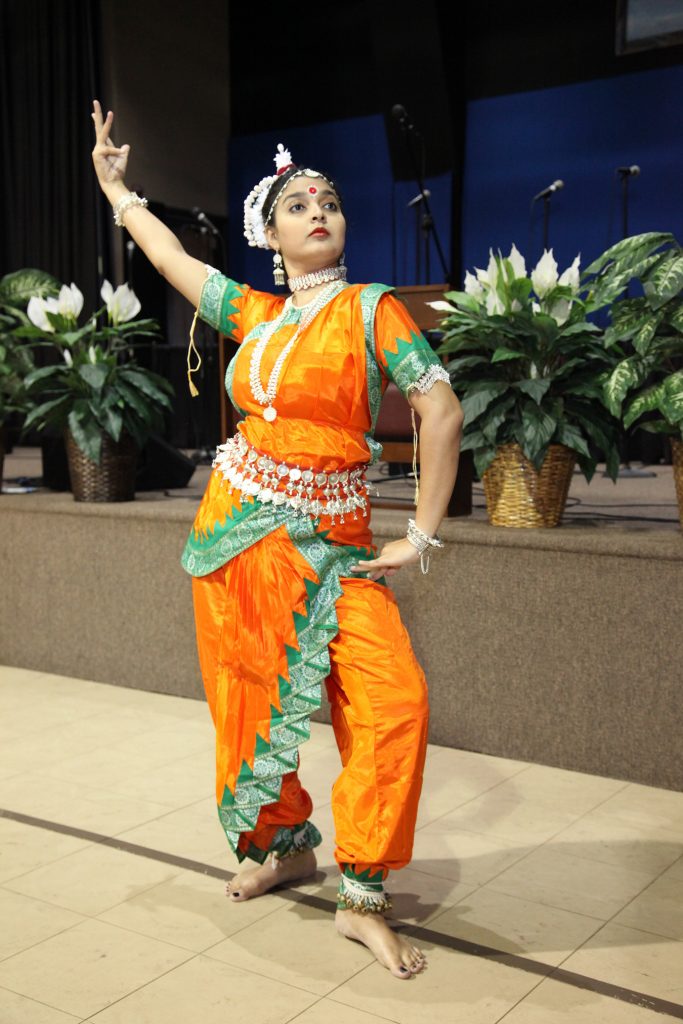Imagine you are sitting on a chair, except the chair is not there. You are simply holding yourself in that posture, with a slight modification: your knees face opposite to each other. Yes, that provides better balance to hold your stance. But you are not holding that stance for more than a second at the most. You are moving with the rhythm of the music, and the beat of the drum-like pakhawaj. All the while you are praying to the God/Goddess from Hindu mythology that the music narrates, by expressing the emotion of that God/Goddess.



This is what I do when I dance. I am a classical Indian dancer, trained in Odissi from the eastern part of the country. My training began when I was four years old. Practicing Odissi for the past twenty seven years now, this stance, and the movements that accompany it have become as natural to me as walking. This is how I pray to the Almighty. Through my dance I depict the anger of Lord Shiva – the Destroyer, or the love that the Mother Goddess showers on all her children, and the anger she faces when her children are threatened, or the ten incarnations in which Lord Vishnu – the Pacifier – saved the world from being annihilated by the demons. My proper expression of these emotions I show my respect to the Gods/ Goddesses and pray to them.
